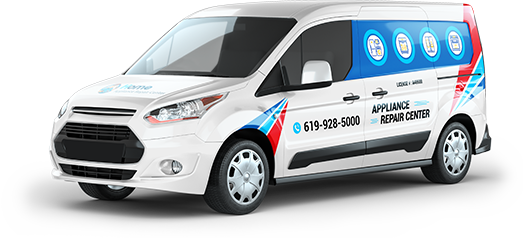In today’s day and age, home boilers come in many different shapes and forms. But no matter the type, they all fulfill the same function: distributing steam, warm air or hot water to heat up your home. If you own one of these, you will want to ensure that it is fully functional before the cold season approaches. To help you in this endeavor, we have put together a guide which lists the different types of boiler system and the befitting maintenance tips.
However, before we even breech the topic, you should first understand how a boiler differs from a furnace. The majority of people think of anything that keeps their home warm as a furnace but in actuality, a furnace uses heated air and transports it through duct-work all around your home to keep it warm, whereas a boiler generally uses heated water which is then transported through copper pipes (either in the form of actual water or steam). However, there are also combination methods which use heated water as well as air and transport it through both duct-work and copper pipes.
Steam And Water Heating System
While neither boilers, nor radiators are typically installed in newer homes, you may still find a steam and water heating system in older homes, apartments, business buildings and multi-family homes. The basis of a steam heating system is a boiler, which heats up water through either gas or fuel oil, to produce steam which is then transported through pipes to radiators and convectors around the home. These then give off heat which keeps the building warm regardless of outside temperatures. Then, as the steam cools back down, it returns to its liquid state and back into the boiler, ready for the next round.
The same basic principle applies to hot water heating systems. The boiler heats up the water which is then pumped into radiators around the home. This is either done through a piping system which is embedded into the floor, or a system of baseboard units mounted on the walls.
Pros and cons of the heating system
The pros of this are the very few moving parts that come with quite the longevity if properly taken care of. These systems also heat without blowing up dust, and maintain the authenticity of older homes. These are usually looked after by the appliance repair service in San Diego County.
Among the cons, we have the inefficiency and unevenness of the heating process, the need for frequent maintenance, the costliness of floor piping installations, and the annoyance of being forced to keep the baseboard units unobstructed which can severely limit interior design.
Contact us:
 619-928-5000
619-928-5000  Request Service
Request Service 
